OpenAI will also introduce a new certification program in connection with its “OpenAI Academy.”


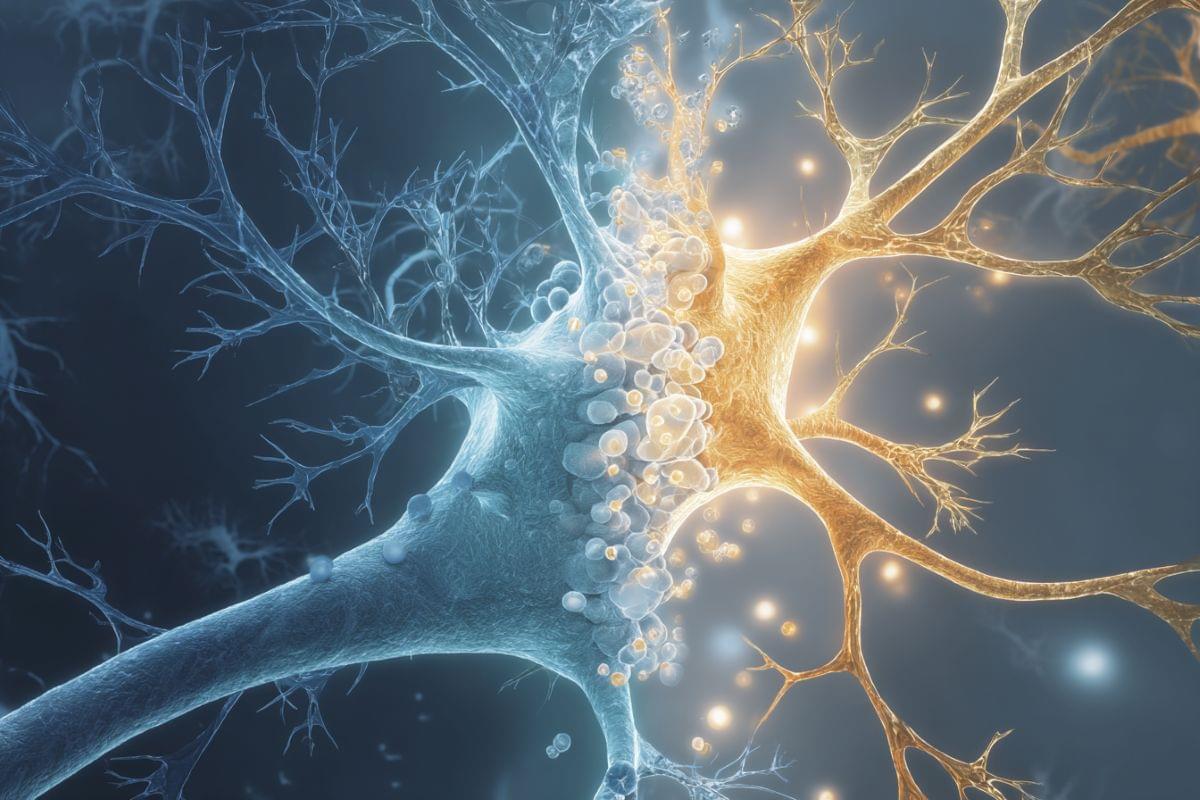
💹 Starship’s efficiency could potentially make it highly profitable, “making tons of money like a Tesla.”
🚨 Starship IFT-10’s success has reignited bold ideas for a Starship Starport Global Network.
Could Rocket Cargo really replace today’s air and sea freight? 🚀
In this episode of @overthehorizon, Chris Smedley and Scott Walter join me for a deep dive on the Starport Network vision — offshore launch pads, mobile rigs, and eVTOL last-mile links — and ask if suborbital rocket cargo can outcompete aircraft and ships.
We explore 👇🏽
🚀 How Starship’s scale changes global logistics.
🌍 Why rocket cargo could disrupt ports, airlines, and shipping.
⚡ The “rocket time dilation” effect that multiplies daily throughput.
🛳 From oil rigs to Starports: how offshore hubs could reshape trade.
🔮 First use-cases: military logistics, high-value freight, GCC & island tourism.
Starship Starports may be the end of hubs, choke points, and slow supply chains. But can they really replace air and sea?
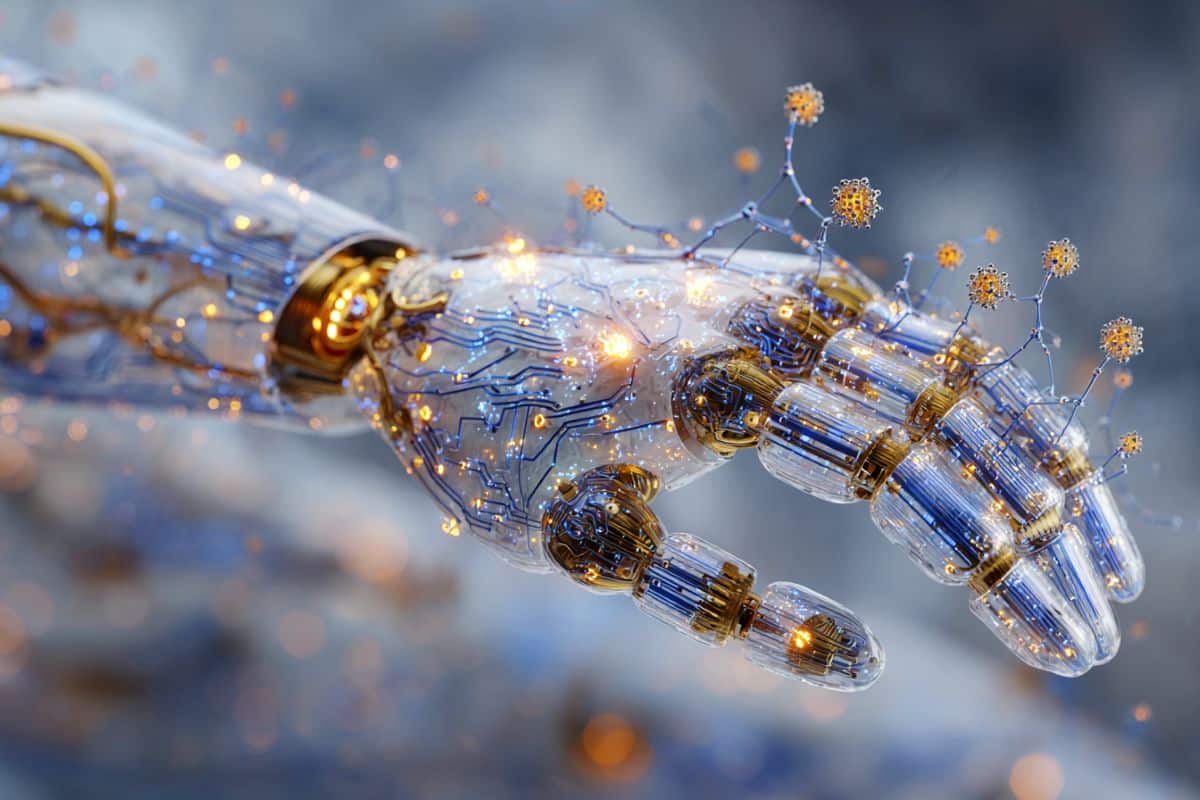

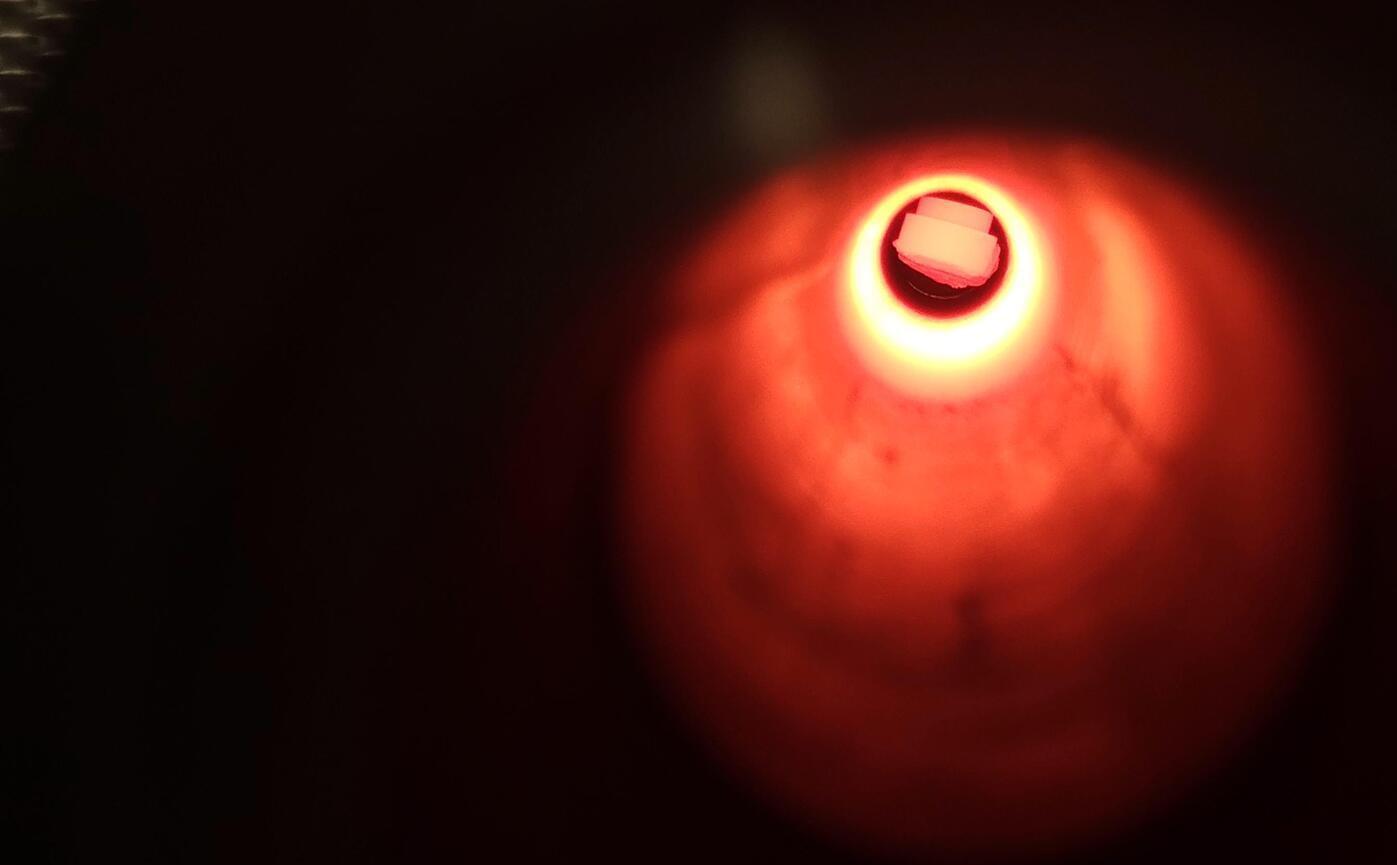
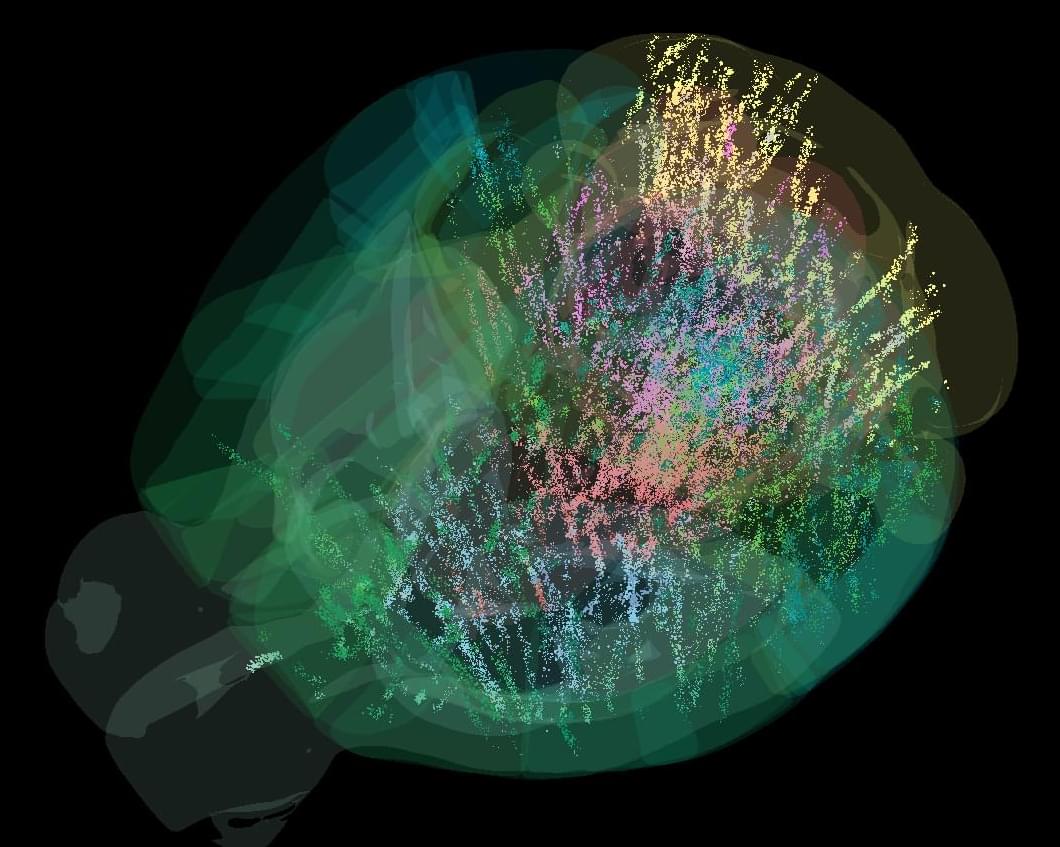
If I had the money this would be the first person I would call.
Can one forgotten organ hold the key to reversing aging? In this exclusive interview, Dr. Greg Fahy — one of the world’s leading longevity scientists — reveals groundbreaking discoveries about the thymus, age reversal, and the future of human health.
From regrowing his own thymus to pioneering cryobiology and organ preservation, Dr. Fahy shares insights that could change how we think about aging, immortality, and life extension. This conversation dives into the science behind reversing biological age, restoring the immune system, and even the possibility of medical time travel.
🔑 Topics covered in this video:
Thymus regeneration and why it may be the “master control” of aging.
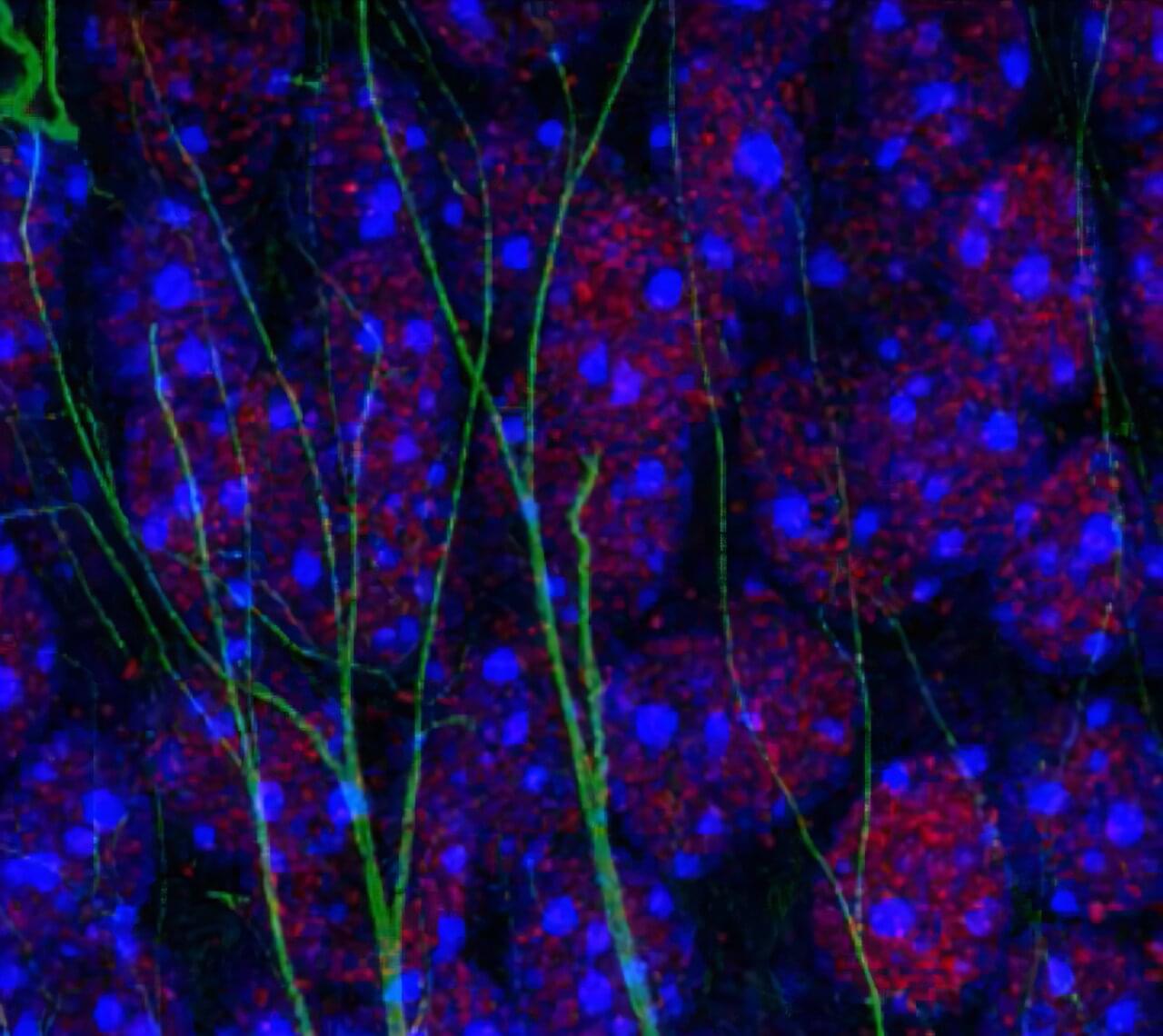
Neuroinflammation, a prolonged activation of the brain’s immune system prompted by infections or other factors, has been linked to the disruption of normal mental functions. Past studies, for instance, have found that neuroinflammation plays a central role in neurodegenerative diseases, medical conditions characterized by the progressive degradation of cells in the spinal cord and brain.
When inflammation is taking place, cells release proteins that act as signals between immune cells, also known as cytokines. While some studies have linked a specific cytokine called interleukin-1 (IL-1) to changes in brain function, the mechanisms through which it could contribute to a decline in mental capabilities remain poorly understood.
Researchers at the University of Toulouse INSERM and CNRS recently carried out a study involving mice aimed at better understanding these mechanisms. Their paper, published in Nature Neuroscience, particularly focused on neuroinflammation elicited by the parasite Toxoplasma gondii (T. gondii), which is responsible for a well-known illness called toxoplasmosis.
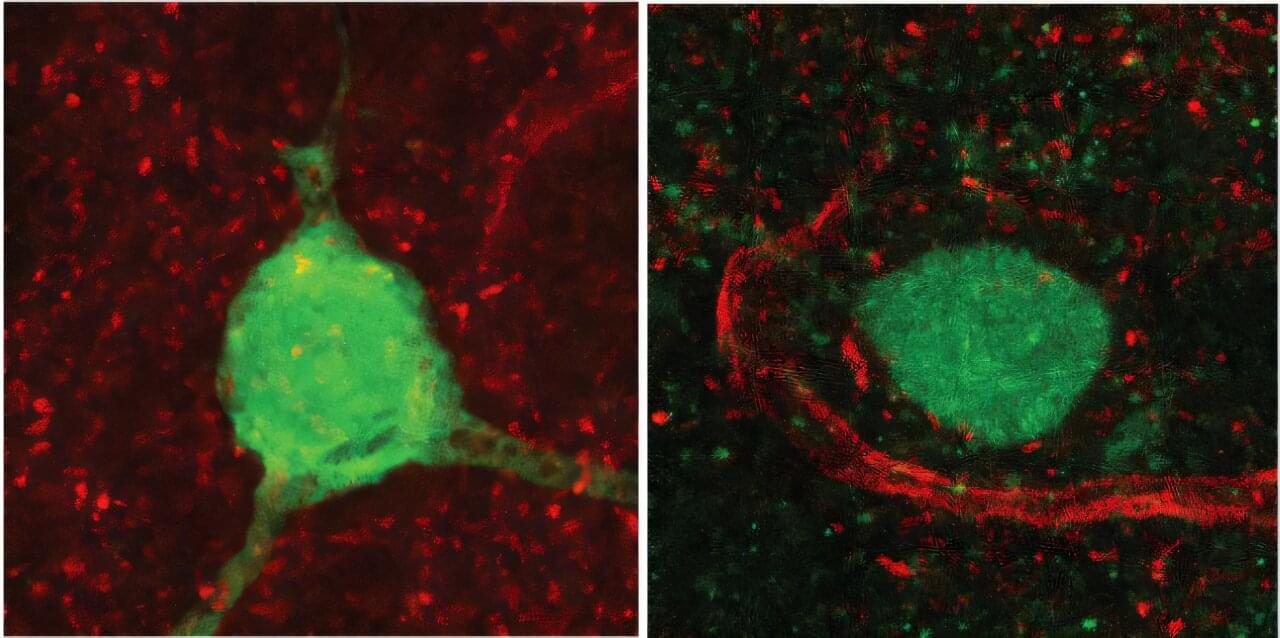
A team of researchers has identified for the first time the mechanism linking a mutation in the Shank3 gene with alterations in social behavior. Using a mouse model carrying this autism-associated mutation, the study shows that vasopressin, a brain hormone essential for social relationships, is not properly released in the lateral septum.
The team is from the Cognition and Social Interactions laboratory, led by Félix Leroy at the Institute for Neurosciences, a joint center of the Spanish National Research Council (CSIC) and the Miguel Hernández University (UMH) of Elche.
The work, published in Nature Communications, demonstrates that the proper release of vasopressin in this region regulates social behaviors through two distinct receptor pathways: one controlling sociability and the other controlling social aggression, and that selective activation of these receptors can reverse deficits in social interaction without triggering unwanted aggressive responses.